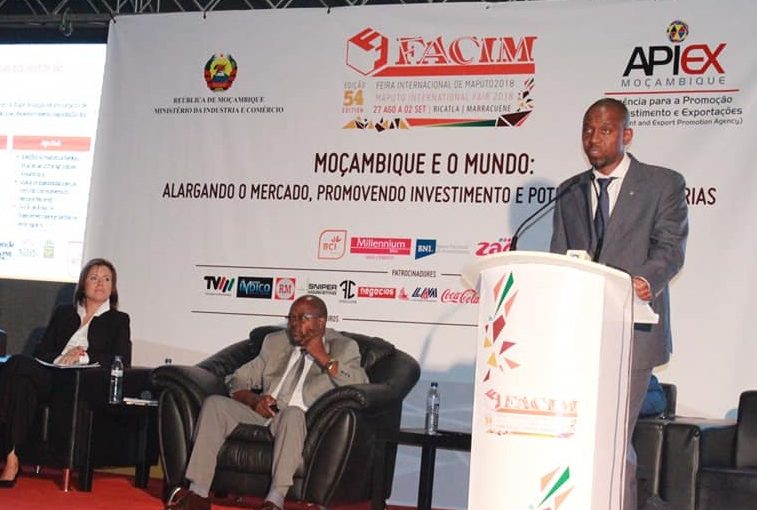Mozambique: Cashew production nears record highs set 50 years ago
BCI launches line of credit for agro-business

Photo: Confederação das Associações Económicas de Moçambique - CTA / Facebook
Mozambique’s second largest commercial bank, the BCI (Commercial and Investment Bank), announced on Tuesday the launch of a line of credit of 500 million meticais (about 8.5 million US dollars) to finance micro, small and medium agro-business companies.
The announcement was made public at a seminar held by the Confederation of Mozambican Business Associations (CTA) on the second day of the Maputo International Trade Fair (FACIM), held at Ricatla, in Marracuene district, about 30 kilometres north of the capital.
“We are continuing to reaffirm our position in the market, by giving our support in this way to the micro, small and medium enterprises who are active in agro-business”, declared BCI representative Casimiro Chichava. “This line could contribute to supporting investment with loans at very competitive interest rates and attractive repayment periods”.
Mozambican agriculture currently employs around 5.7 million people, which is about 70 per cent of the economically active population. In 2017, agriculture contributed 29 per cent of the gross domestic product.
But farmers are only using a small fraction of the available arable land. Over 85 per cent of the arable land is not used for agriculture. Most agricultural production is undertaken by smallholder farmers who face enormous difficulties in obtaining bank credit. Indeed, in recent years the financing for agriculture has fallen.
The BCI says that in this context it is taking up the challenge of transforming agriculture into a more competitive and sustainable sector of the economy, so that it can continue to constitute the largest source of income for the Mozambican population.
But the bank is also calling for a range of reforms that can stimulate agricultural competitiveness, and for such programmes as the provision of school meals relying on local agricultural production. The BCI also urges the producers to adopt an image and packaging strategy to make their products attractive, inside and outside the country.
“Packaging strategy makes all the difference”, said Chichava. “In communities today it is common practice to sell beans of very high quality in containers without any adequate labels. We think that with a better label the product would become more competitive”.
A further relevant aspect, he added, is certification, which would make the goods certified more attractive and competitive on the market.












Leave a Reply
Be the First to Comment!
You must be logged in to post a comment.
You must be logged in to post a comment.